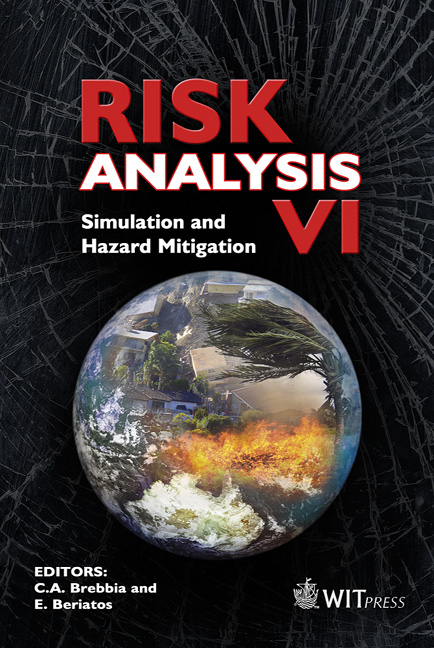Assessment Of Fatality Risk In Collisions With Cable Median Barriers In The State Of Washington
Price
Free (open access)
Volume
39
Pages
10
Page Range
111 - 120
Published
2008
Size
662 kb
Paper DOI
10.2495/RISK080121
Copyright
WIT Press
Author(s)
M. H. Ray, C. Silvestri, C. E. Conron & R. B. Albin
Abstract
Making effective decisions regarding the use and placement of traffic barriers such as guardrails should be based on an assessment of the risks involved in striking the barrier or interacting with the hazard if the barrier were not there. Unfortunately, it is often difficult to precisely quantify the risk associated with roadside hardware crashes because timely and accurate crash, traffic and inventory information are often not available. An assessment of a particular type of barrier, the cable median barrier, was performed in the US State of Washington to determine the effectiveness of the barrier and quantify the risks associated with the use of the barrier. Data on cable median barrier inventories, traffic characteristics in the subject highway segments and crash histories were obtained. These data were used to calculate the risk of fatal or injurious crashes for both highway sections with cable median barriers and those without. This paper will present the geometric, crash and traffic characteristics that are involved in assessing the risks associated with a collision. Results showing the nature of the risk are presented and recommendations for making design decisions based on the quantification of risk are presented. Keywords: cable barrier, median protection, barrier collision risk. 1 Introduction Median cross-over crashes are some of the most hazardous and difficult to predict types of crashes that occur on highways. When vehicles cross-over to opposing lanes of traffic, the risk of catastrophic injuries is very high since
Keywords
cable barrier, median protection, barrier collision risk.





